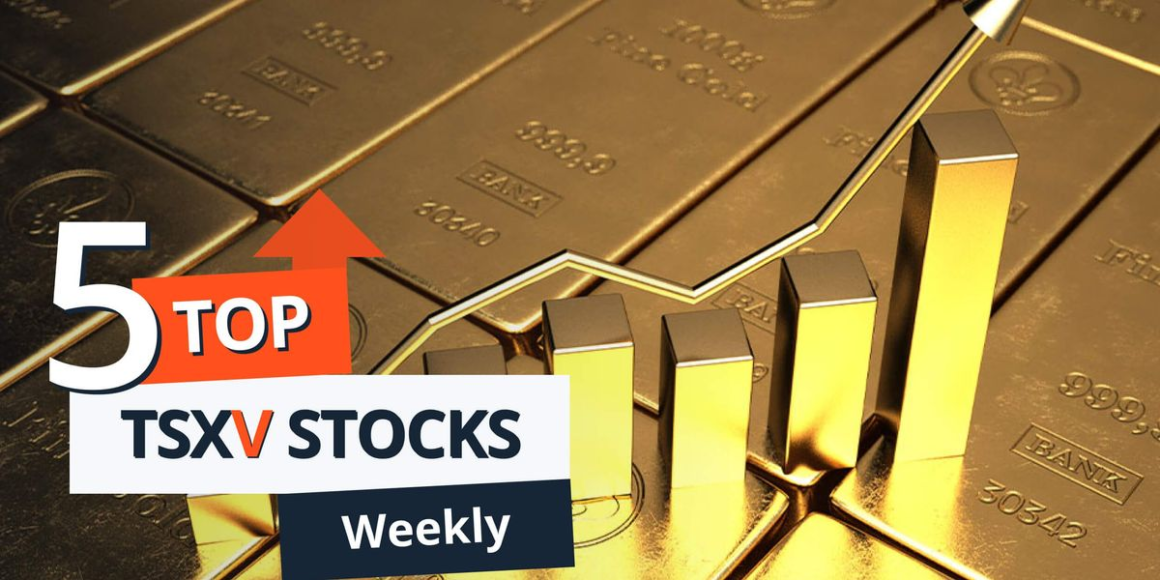The lower rate is credited to a decline in travel related services as accommodation fell 3.7 percent and air transport was down 2.7 percent versus the same time last year.
Gold was also down, falling to 17,147 kilograms in June from 18,415 kilograms in May, while shipments saw an increase to 18,219 kilograms from 16,814 kilograms the previous month. Silver on the other hand saw increases in both categories, with production increasing to 30,293 kilograms from 25,655 kilograms and shipments seeing strong growth to 30,293 kilograms from 23,432 in May.
Markets were up this past week with the S&P registering a gain of 1.39 percent to 5,634.60 points, the Nasdaq 100 gained 1.02 percent to 19,720.87 points and the Dow saw a 1.24 percent gain to 41,175.09 points.
Commodities were mixed, with the S&P GSCI largely flat with a weekly gain of 0.07 percent to US$540.45, gold was similarly flat with just a 0.18 percent gain to US$2,512.01. Meanwhile silver had greater momentum with a 2.83 percent gain to US$29.82 as of 5:00 pm EST.
How have Canadian resource companies performed on the TSX and TSXV this week? Keep reading to find out about the top 5.
Weekly gain: 80 percent; market cap: C$27.67 million; share price: C$0.135
GFG is a gold exploration company working to advance its assets in the Timmins gold district in Ontario, Canada.
In addition, Patriot will also pay GFG a further C$1 per total mineral resource ounces in cash or common shares once it completes a NI43-101 compliant estimate demonstrating more than 3 million ounces of gold across measured, indicated and inferred categories.
In the release, the company said the first hole encountered grades of 13.94 grams per metric ton (g/t) of gold across 7.1 meters, which included a 6 meter intersection of 15.92 g/t gold with visible gold present. The company said it is the strongest drill result at Aljo to date and it highlights the growth potential of the project.
Weekly gain: 79.49 percent; market cap: C$21.3 million; share price: C$0.70
South Pacific Metals is a gold and copper exploration company working to advance its assets in Papua New Guinea.
Its four projects, Anga, Osena, Kili Teke and May River, cover approximately 3,000 square kilometers located in known gold and copper producing districts.
The company has not released news in the past week.
Weekly gain: 54.84 percent; market cap: C$10.01 million; share price: C$0.240
Pantera Silver is a precious metals exploration and development company focused on its Nuevo Taxco silver-gold project located near Mexico City, Mexico.
Weekly gain: 52.46 percent; market cap: C$204.39 million; share price: C$0.465
Lucara Diamond is a mining company focused on the production of large diamonds from its Karowe diamond mine in Botswana. The mine, commissioned in 2012, targets high quality diamonds that are above 10 carats.
According to Lucara’s website, the company has discovered more than 7,000 diamonds above 10.8 carats including 34 diamonds above 300 carats and 4 above 1,000 carats.
In its most recent technical report from March 2024, the company said proven and probable reserves were 6.83 million carats from 52.2 million metric tons of ore with an average grade of 13.1 carats per hundred metric tons.
Weekly gain: 50 percent; market cap: C$29.61 million; share price: C$0.015
Jervois Global is working to advance a global portfolio of nickel and cobalt projects. It owns the Idaho Cobalt Operations in the US, at which it suspended mine construction in 2023 due to low cobalt prices.
The TSX, or Toronto Stock Exchange, is used by senior companies with larger market caps, while the TSXV, or TSX Venture Exchange, is used by smaller-cap companies. Companies listed on the TSXV can graduate to the senior exchange.
The exchange lists a handful of other fees and expenses companies can expect, including but not limited to security commission and transfer agency fees, investor relations costs and director and officer liability insurance.
These are all just for the initial listing, of course. There are ongoing expenses once companies are trading, such as sustaining fees and additional listing fees, plus the costs associated with filing regular reports.
Investors can trade on the TSXV the way they would trade stocks on any exchange. This means they can use a stock broker or an individual investment account to buy and sell shares of TSXV-listed companies during the exchange’s trading hours.
Article by Dean Belder; FAQs by Lauren Kelly.
Securities Disclosure: I, Dean Belder, hold no direct investment interest in any company mentioned in this article.
Securities Disclosure: I, Lauren Kelly, hold no direct investment interest in any company mentioned in this article.


Leave a Reply